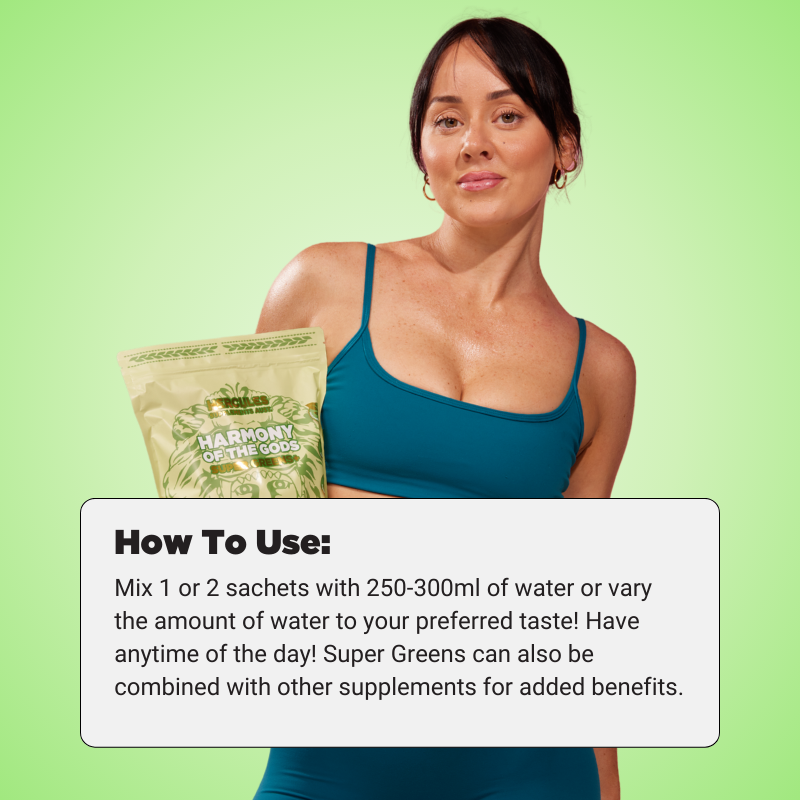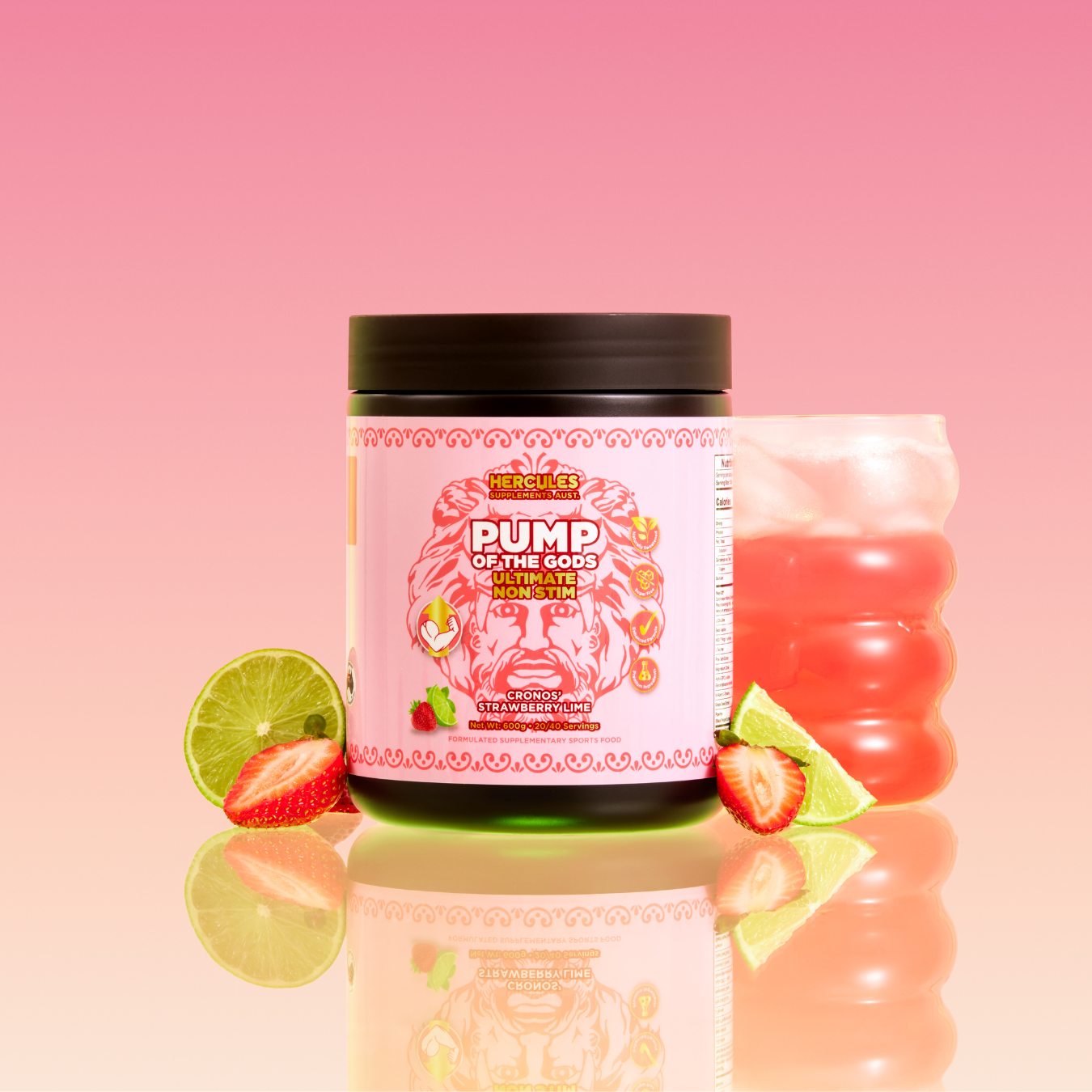What is Marine Collagen?
Marine collagen is a type of collagen protein sourced from fish and other marine life, commonly extracted from fish skin, scales, or bones. It is primarily composed of type I collagen, the most abundant form of collagen in the human body, which plays a crucial role in the structure of skin, hair, nails, joints, and connective tissues. Due to its high bioavailability and smaller molecular size, marine collagen is easily absorbed, making it a popular ingredient in skin, beauty, and joint health supplements.
How Marine Collagen Works in the Body
Collagen is a structural protein that provides strength and elasticity to skin, ligaments, tendons, and bones. As the body ages, natural collagen production declines, leading to changes in skin elasticity, joint function, and overall tissue integrity. Marine collagen supplements supply the body with collagen peptides, which are broken down into amino acids and absorbed into the bloodstream. These amino acids serve as building blocks for the body's natural collagen production, helping to support skin hydration, joint health, and connective tissue structure.
Where is Marine Collagen Found?
Marine collagen is naturally found in the skin, bones, and scales of fish and other marine animals. While collagen itself is not present in plant-based foods, certain foods such as berries, citrus fruits, and leafy greens can support natural collagen synthesis by providing vitamin C and other essential co-factors. Marine collagen is commonly available in powder or capsule form and is often included in beauty, anti-ageing, and joint-support supplements. Some formulations combine marine collagen with hyaluronic acid, vitamin C, or biotin to enhance its effects on skin and tissue health.
Potential Effects of Supplementation
Many individuals take marine collagen to support skin hydration, elasticity, and overall appearance due to its role in maintaining skin structure. It is also used in joint and mobility supplements, as collagen is a key component of cartilage and connective tissue. Some people incorporate marine collagen into their daily routine to promote hair and nail strength, while others take it to support post-exercise recovery and joint comfort. Individual responses to supplementation may vary depending on dosage, age, and overall diet.
Final Thoughts
Marine collagen is a highly bioavailable source of type I collagen, widely used in beauty, skin, and joint health formulations. Its role in skin elasticity, hydration, and connective tissue support makes it a sought-after ingredient in modern supplementation. As with any dietary supplement, individual results may vary, and those considering marine collagen should evaluate how it aligns with their personal health and wellness goals. Whether taken alone or as part of a comprehensive beauty or joint-support formula, marine collagen remains a widely recognised and researched supplement in modern nutrition.


















